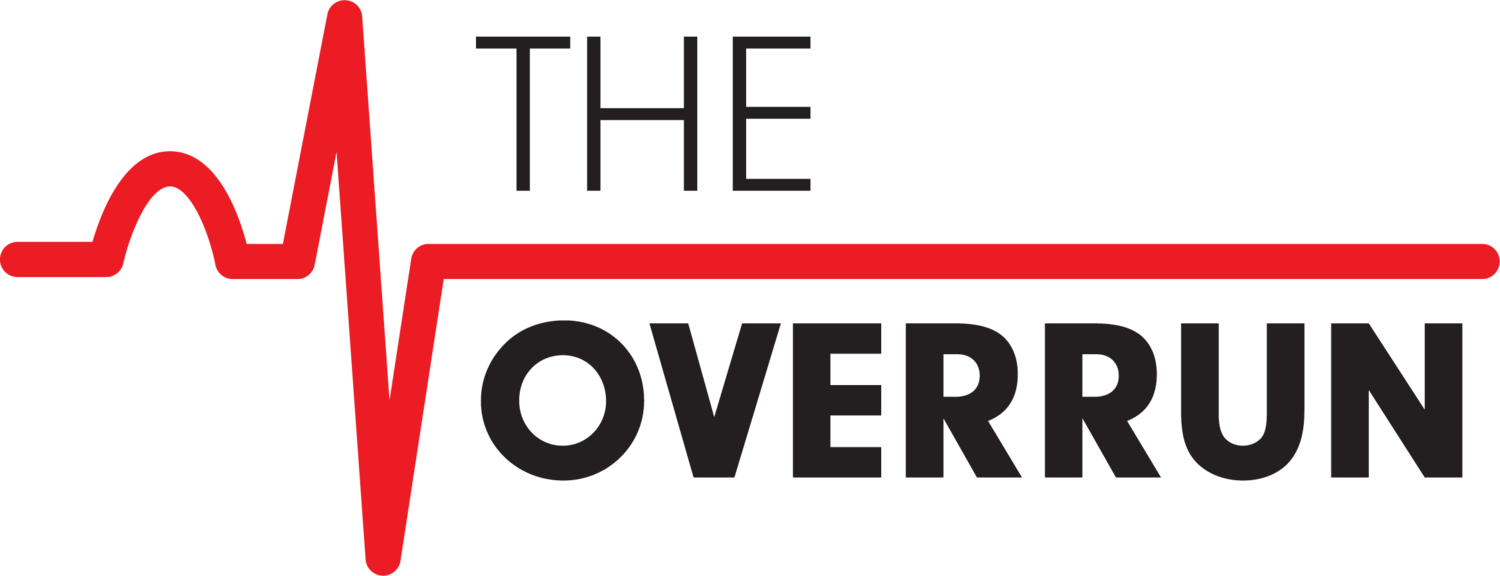Changing Our Minds About the Brain: The future of Pre-hospital Stroke Care- Michael Defilippo
Changing our minds about the brain: The future of prehospital stroke care
Michael DeFilippo
The current role of most prehospital stroke care for a majority EMS providers is a rapid diesel bolus or an IV line, with the occasional intubation if the patient is imminently ill. With the recent podcast discussing what the current stroke care is out there and the differences in what we can do better, we wanted to ask the question: where is stroke care going, especially for us out in the field? I think this question is best answered by three major literature advances within the last year!
Published in July of 2018, the first study discusses whether or not alteplase (tPA) is always the answer to treat ischemic stroke. As per status quo, patients who have an acute ischemic stroke causing a potentially disabling and persistent neurologic deficit should still be treated with IV alteplase and/or mechanical thrombectomy at an appropriate facility. The real question comes into play as to whether or not alteplase is beneficial for patients with mild, non-disabling ischemic stroke (surprise: it is still unknown). In the PRISMS trial, which looked at patients with acute ischemic stroke within a three hour window judged clearly not disabling, there was no difference in the rate of a favorable functional outcome for patients assigned to treatment with alteplase or to aspirin (78 versus 82 percent).
But what about those patients where the window is unknown – the infamous “wake up” stroke? Glad you asked! The Wake-Up Stroke Trial conducted in May of 2018 assessed 500 patients with unwitnessed stroke onset (most of whom awoke from sleep with stroke symptoms). These patients were further assessed via magnetic resonance imaging (MRI) modalities called diffusion-weighted imaging and fluid-attenuated inversion recovery (FLAIR). These patients had positive findings in the diffusion-weighted imaging, but negative findings in FLAIR – which correlates with a stroke onset of 4.5 hours or less. After 90 days, a positive outcome was more likely for patients who received intravenous alteplase compared to those assigned to receive placebo and no alteplase (53 versus 42 percent).
Now, we're all probably saying "What in the hell is diffusion-weighted and FLAIR MRI?" They’re both imaging modalities in MRI – these patients specifically had a “mismatch” pattern (think of it as the difference in lead selection for viewing an EKG). One section of the MRI showed ischemic changes, but the other did not (correlates with a stroke onset of 4.5 hours or less). In more human terms: these patients had an unknown stroke onset time and presented with stroke symptoms, the MRI was then used to “time” their stroke (aka a diffusion-weighted POSITIVE, FLAIR NEGATIVE MRI = ischemic CVA of less than 4.5 hours). This study affirmed that it is safe and efficacious to give these patients alteplase.
Now… what good does all this do us as prehospital providers if we can’t even do a CT! Well, the data supports its use and efficacy. In Norway, the deployment of critical care physicians assigned to a mobile stroke unit showed effective assessment and scanning of individuals suffering from a potential CVA. The scans were performed within an average of 10 minutes and on an average of 39 minutes before arriving to the hospital – allowing both earlier recognition of these patients, and earlier treatment.
My point in discussing these three articles is that it shows there may be a safer medication that can be administered by ALS and that there is importance in determining the timing of strokes and potential benefit to the deployment of prehospital CT and potentially MRI. We must think about triaging patients via earlier recognition of severe stroke patients requiring more intervention than a “basic” stroke hospital can handle. I think the pre-hospital stroke treatment plans will become more closely aligned to how we handle trauma: recognize a severe one, send it to a place that can handle everything that may potentially happen. This could mean calling a medevac for, or diverting from a closer hospital because of, a severe ischemic stroke to transfer the patient to the definitive care hospital! I don’t foresee prehospital use of thrombolytics in most of our area due to the huge side-effect profile of the current medications; but, it seems that aspirin may be a potential efficacious alternative for select patients for our ALS providers here, and perhaps thrombolytics in the setting of mobile stroke units for more rural areas. In short, we can DO BETTER.
Study 1: https://www.ncbi.nlm.nih.gov/pubmed/29998337



